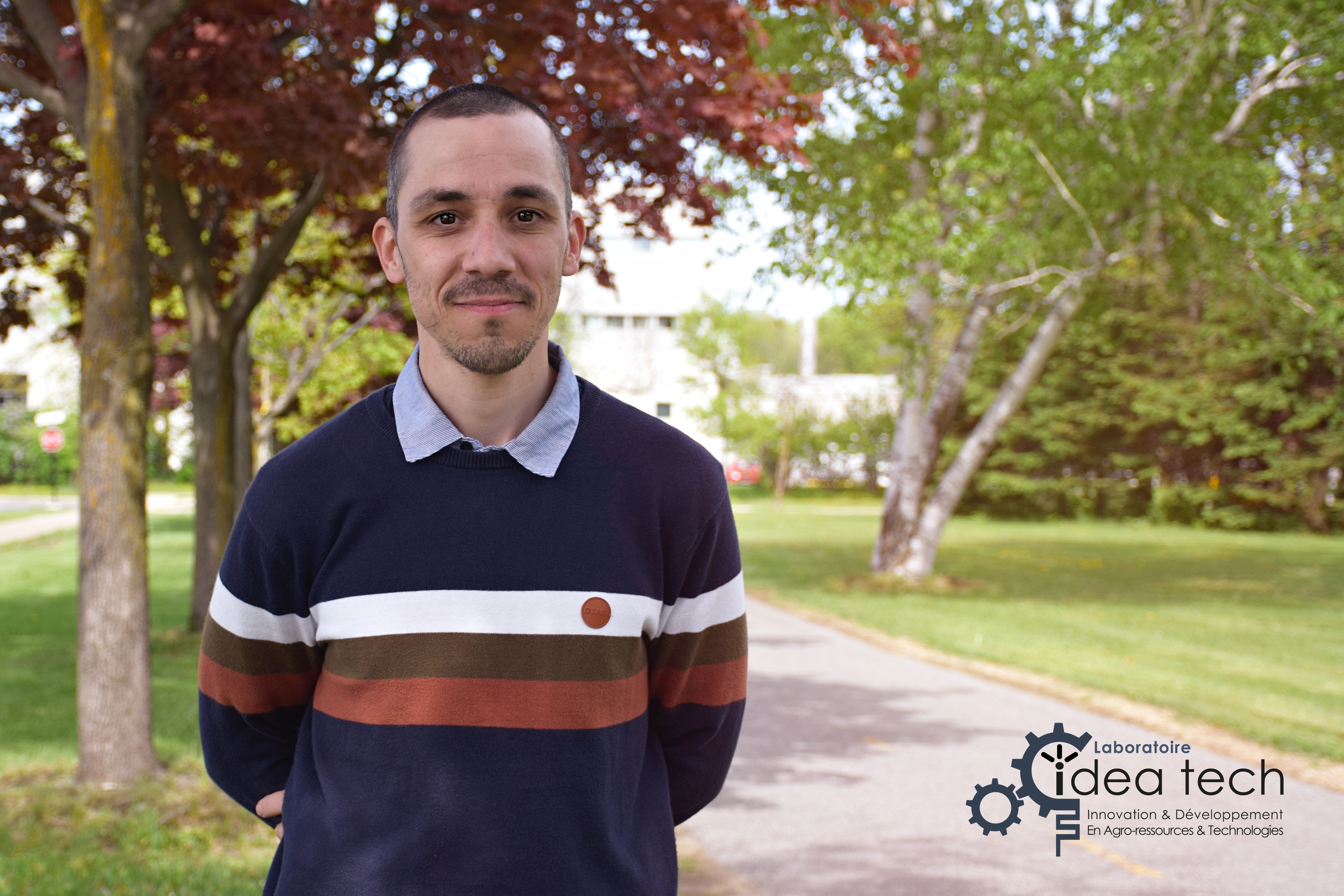Publications
- Année de publication : 2013-01-01
Référence
A. Doyen, C. Roblet, L. Beaulieu, L. Saucier, Y. Pouliot, L. Bazinet. 2013. Impact of water splitting phenomenon during electrodialysis with ultrafiltration membranes on peptide selectivity and migration. Journal of Membrane Science, 428, 349-356.
Information Complémentaire
Lien vers l'article : https://www.sciencedirect.com/science/article/abs/pii/S0376738812007806
Mot(s) Clé(s)
Hydrolysat de co-produit de crabe des neiges Différence de potentiel Membrane échangeuse d'ion Limité la densité de courant Ultrafiltration
Résumé
The effect of applying different electric field strength values during electrodialysis with ultrafiltration membranes (EDUF) was studied to optimize the EDUF process, in terms of peptide migration and selectivity, and to understand the impact of the electric field on membrane electrical and physical behavior. The electrical potential differences of two ultrafiltration membranes (UFM), one anion-exchange membrane (AEM) and two cation-exchange membranes (CEM) were measured in situ during EDUF fractionation. Permeate samples (KCl) were recovered for the determination of peptide migration rate from snow crab by-products hydrolysate. As expected, the peptide concentration in the KCl permeates increased during separation, when the electric field increased. However, the migration of low molecular weight peptides (LMWPs) was more important than high molecular weight peptides (HMWPs). It was shown that only the AEM was affected by electric field strength higher or equal to 3.6 V/cm. This value corresponds to the appearance of a limiting current density (LCD). Finally, during EDUF separation, when limiting current density (LCD) was reached, no variation in peptide selectivity was observed whereas a plateau was reached contrary to peptide migration rate which continually increased during EDUF separation.

